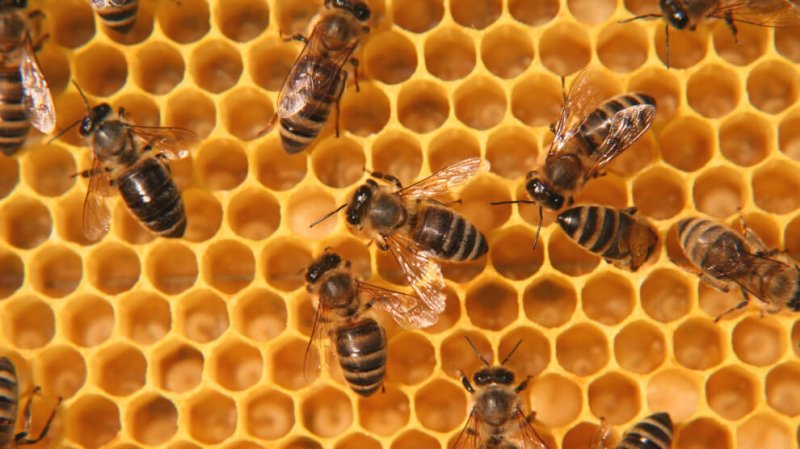The last taste of honey you enjoyed likely came from bees exposed to neonicotinoids, the world’s most widely used class of insecticides.
That’s the takeaway from a paper, published in the journal Science, by a team of Swiss researchers. They found traces of the bug-killing chemicals in 75 percent of honey samples drawn from around the world—and 86 percent of the samples from North America.
For human honey eaters, there’s probably nothing to worry about. The authors report that in all of the tested samples, the levels found were “below the admissible limits for human consumption according to current EU and U.S. regulations.”
…
The Swiss team notes that the chemicals turned up in honey at an average concentration level of 1.8 nanograms per gram; and that ill effects from exposure to them have been documented at levels as low as 0.1 nanograms per gram. Nearly half of all the honey samples they tested carried neonics at that concentration or higher.
Neonics are produced primarily by the Swiss/Chinese agrichemical titan Syngenta and its German rival Bayer, which is currently in the process of merging with Monsanto. The companies vigorously deny that their blockbuster insect-killers do any harm to bees and other pollinators, but research to the contrary is piling up.
The GLP aggregated and excerpted this article to reflect the diversity of news, opinion and analysis. Read full, original post: Scientists Found a Gnarly Pesticide in 75 Percent of Global Honey Samples































